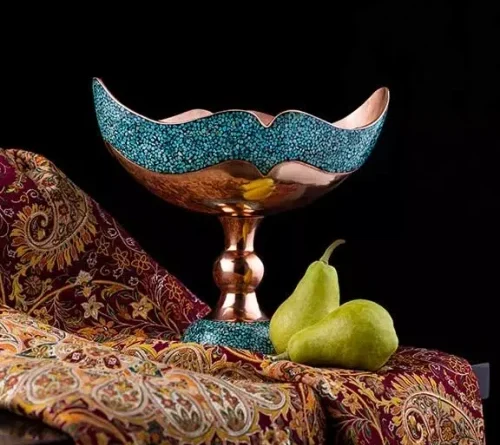Decorating With Large Mina Kari Vases: Styling Tips
Decorating with large Mina Kari vases can transform your living space into a stylish oasis. These beautifully crafted pieces, known for their intricate designs and vibrant colors, bring a sense of elegance and personality into any room. Whether you have a minimalistic or eclectic aesthetic, Mina Kari vases offer versatility that can enhance your decor. In this article, we will explore how to incorporate these stunning vases into your home through various styles, placement techniques, and even seasonal decorating ideas....











